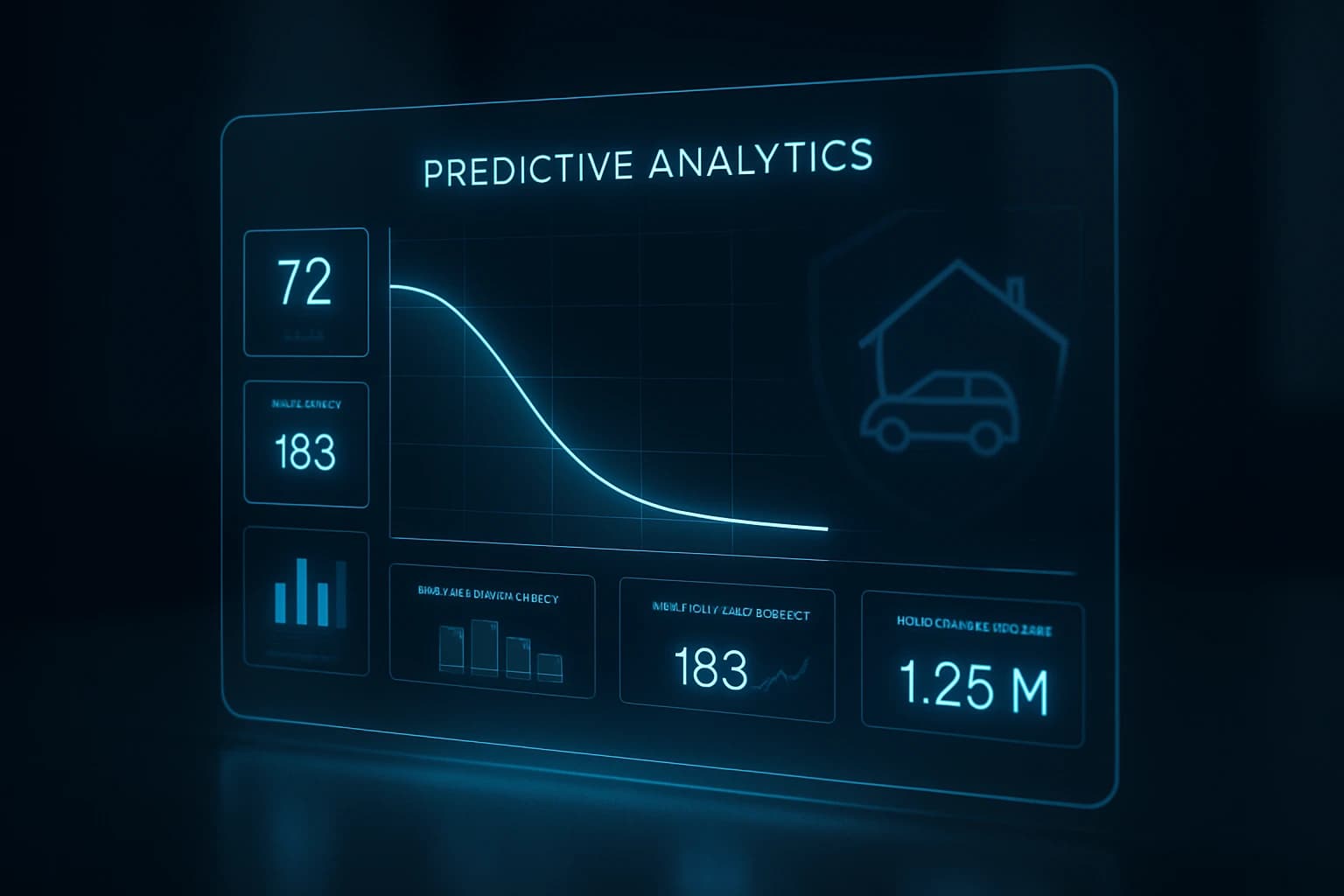For several years, the hotel industry's entire pricing strategy globally was 'heads in beds'. The thumb rule a hotel's general manager deployed was – no room must go vacant. Filling hotel rooms (without really factoring in price) was the preferred way. That strategy's long gone out of the (hotel room) window.
With increased competition, wafer-thin margins, and a world becoming increasingly digital, pricing policies are no longer so "simple".
The hospitality industry has started using data analytics to improve operations, marketing strategies, occupancy percentages, and yield, in its effort to maximize returns from every channel, offline or online.
Leading hotel chains have been using predictive analytics, for example, to calculate the optimal price of every room before letting it out. This is done by using revenue management algorithms and combining different data sets, such as a guest's frequency of visits, or the number of mid-week bookings versus weekend ones.
Students of data analytics will recognize this as "yield management" – a process by which a business, in this case, a hotel, can realize the peak value of a room, inputting factors such as the peak traffic season, weather, and even local events such as a beer fest, etc.
Yield management is not a new concept. It can be best described as selling the right product to the right customer at the right time at the right price. What has happened, though, is that yield management strategies in the hotel industry are getting increasingly sophisticated to combat competition.
The objective, of course, is to maximize the average revenue per available room per day.
Role of online channels
In today's "always-on" lives, without a doubt, online channels have become one of the important sources of direct bookings in a hotel's yield management plan. With more and more guests looking online to book a room, the concept of a "walk-in" guest has nearly vanished.
According to a report by personalized re-targeting firm Criteo, a majority of hotel bookings were made over smartphones in Q1 2016.
Such is the significance that data analytics has come to play in a hotel's pricing strategy that there have been recorded cases wherein US motels have used opportunities provided by flight cancellations due to inclement weather to offer potential customers hotel and room services in the hour of crisis, with the rates changing almost on an hourly basis with every turn in the weather.
So, for this post, let's focus on online channels, rather than the traditional ones, and look at what a hospitality marketer needs to do in the digital space to encourage direct bookings.
For an effective pricing policy, a hotel has to do the following for each of the channels:
- Evaluate the "true value"
- Calculate the "cost"
- Develop a marketing strategy for every channel
Strategize
While strategizing, remember, the customer journey funnel is made up of several stages – research, planning, booking, planning on arrival, and even after. Then, in today's constantly changing digital landscape, the strategy also needs to have a certain degree of built-in flexibility.
Research has shown that at least 60% of today's wannabe travelers start their journey online, in search of destinations and the best deals, before zeroing in on one.
Thus, marketing campaigns have to reach today's digitally connected travelers throughout and at various stages of the journey funnel, across channels and multiple devices, to "win" them over and ultimately bag the booking.
Studies have shown that would-be travelers go through between 15 and 20 touchpoints in a week before they actually make a booking.
Optimize
At every step of the journey, your marketing strategy has to be optimized not only for the customer but also for the device they use. Do A/B testing of marketing campaigns.
Design campaign elements to fit each screen. Use mobile-friendly and interactive content to aid in the travel planning process since most customers these days start their travel journey on a mobile computing device and then transition to the desktop.
Monitor
Start monitoring campaign metrics in real-time. A hotel's campaign cannot be like those 'fire and forget missiles. After launch, campaigns need to be continuously monitored and optimized for positive results. Marketers have to develop campaign KPIs to optimize important success motivators such as the marketing mix and share of voice.
Here are some of the other points a hotel needs to monitor in its multi-channel strategy:
- Individual channel and device traffic
- Conversion rate
- Bookings per channel
Thus, online channels are now a vital part of a hotel's direct bookings and overall pricing strategy. But a marketer has to use analytics to calculate the cost of customer acquisition and the true value of each of the online channels to understand the percentage of their contribution to the overall profit.
Ready to optimize your hotel's online channels with analytics? → Contact us


